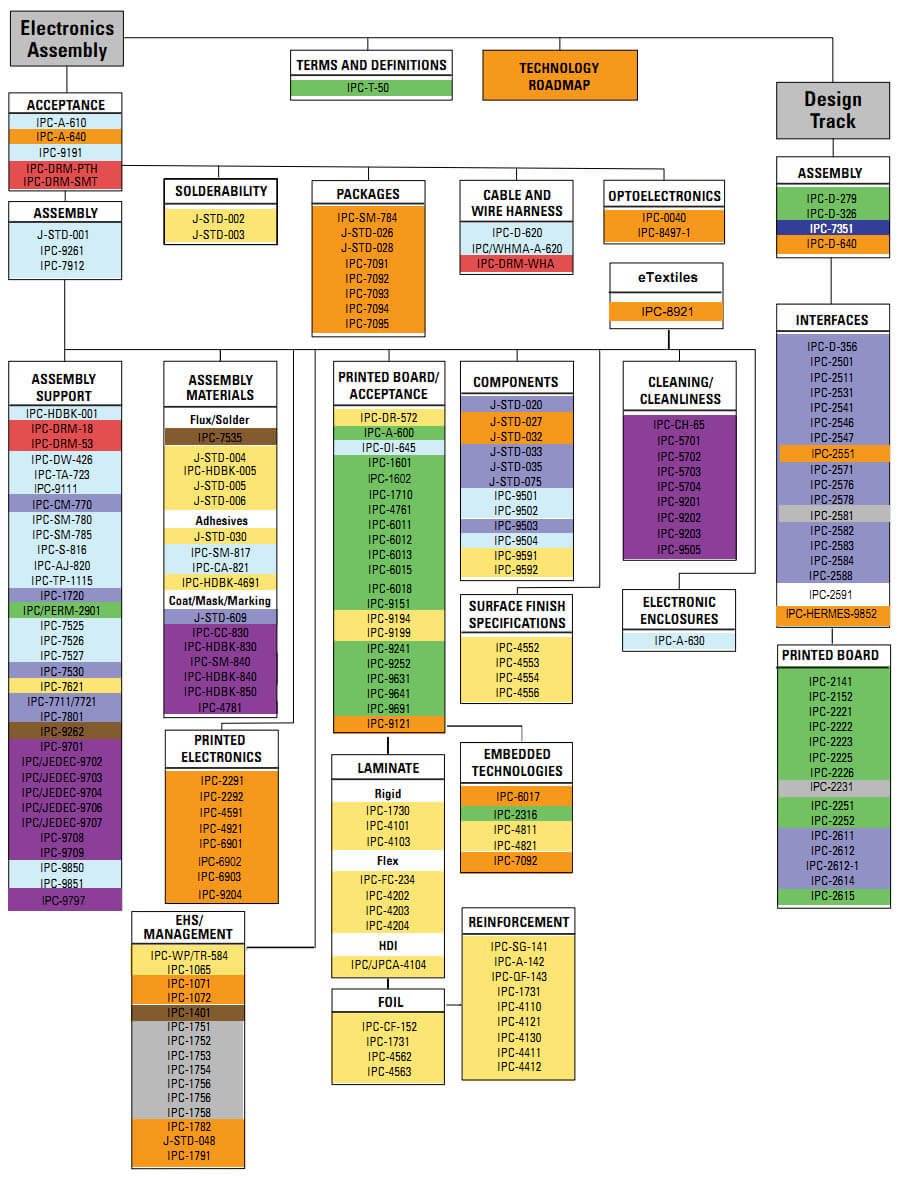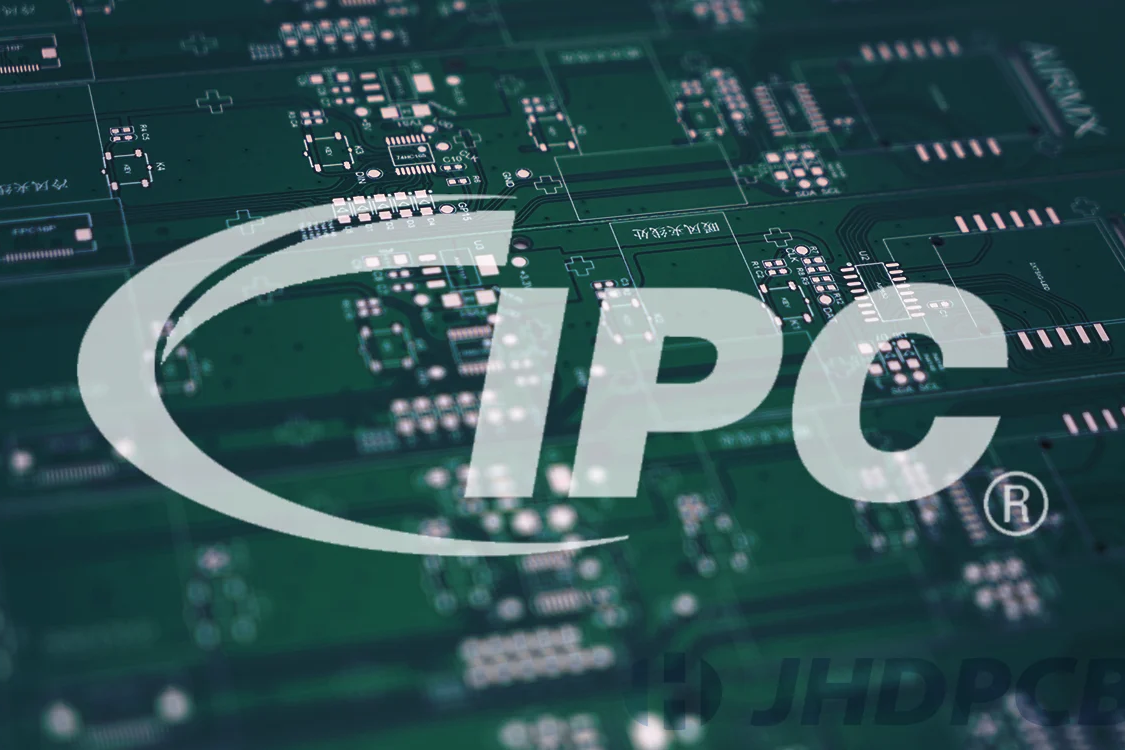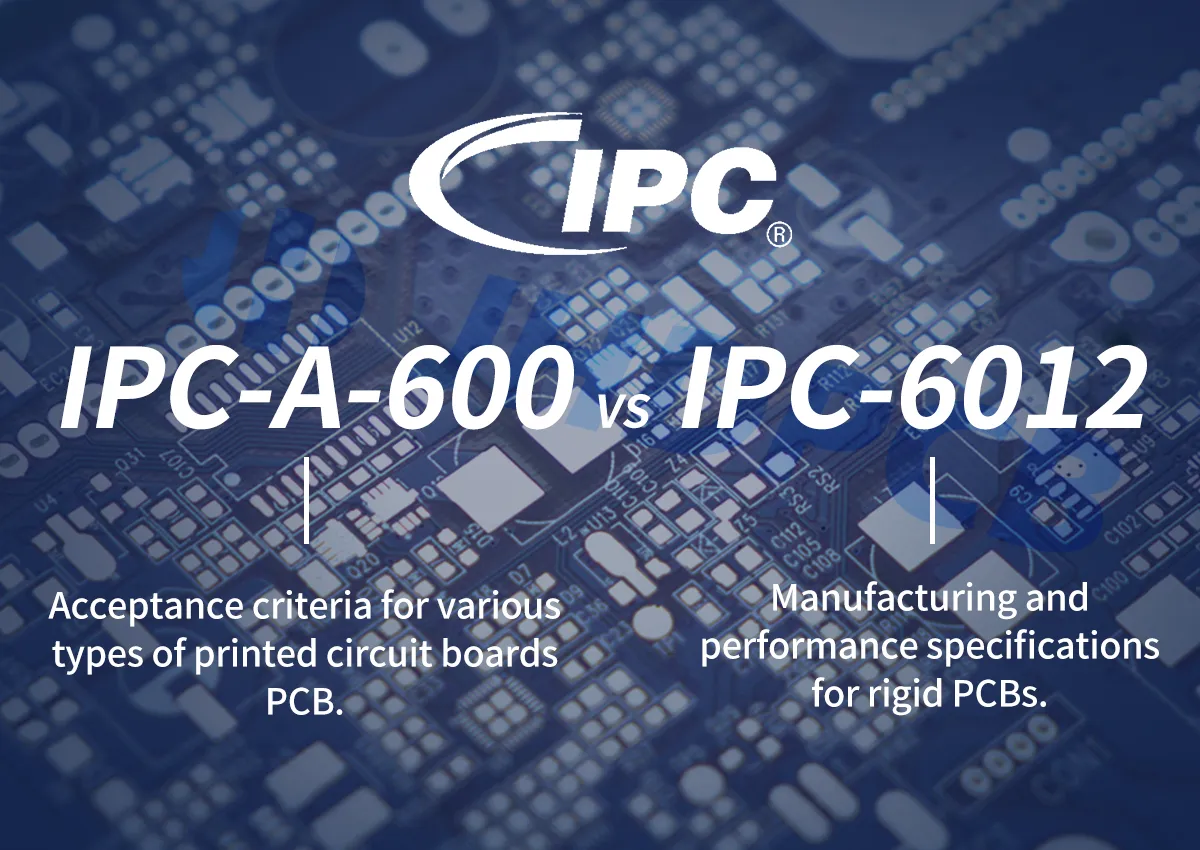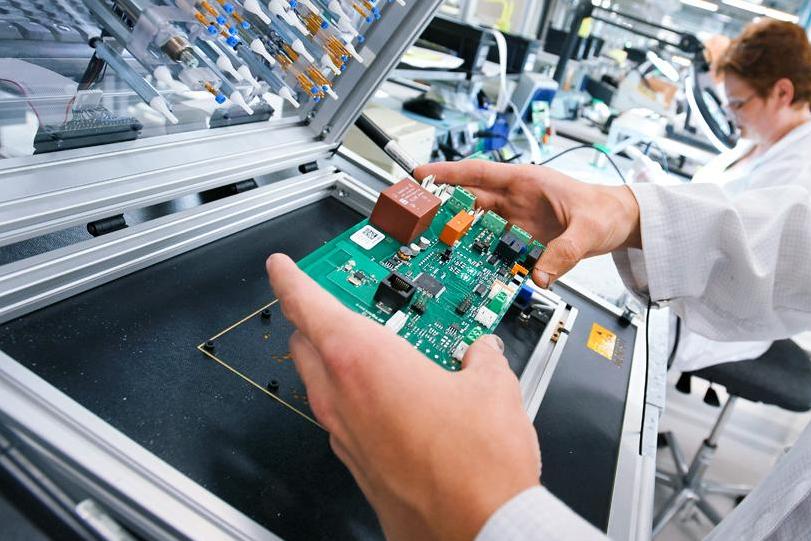In the realm of printed circuit board (PCB) manufacturing, achieving superior quality and reliability is paramount. Whether you're crafting a consumer electronic device or a critical medical instrument, the performance of your PCB can determine the success of your product. IPC standards serve as a globally recognized framework to ensure consistency, durability, and precision throughout the PCB design and production process. At ALLPCB, we recognize the pivotal role these standards play, and we're here to simplify them for engineers aiming to enhance their projects.
This guide delves into the core of IPC standards, highlights their significance, and offers actionable insights to help you achieve exceptional PCB quality. From exploring essential standards like IPC-A-600 to understanding class classifications, we'll provide you with the knowledge to make well-informed decisions.
What Are IPC Standards?
Established in 1957 as the Institute of Printed Circuits, IPC—now known as the Association Connecting Electronics Industries—is a global organization that sets standards to ensure the quality, reliability, and manufacturability of electronic products, with a particular focus on PCBs. With thousands of member companies, including designers, manufacturers, and OEMs, IPC standards form the foundation of the electronics industry, offering a unified set of guidelines across the supply chain.
These standards encompass every phase of PCB production, from design and material selection to assembly and testing. For instance, IPC-2221 outlines general design principles, specifying details like conductor spacing (e.g., 0.1 mm minimum for 500V applications) and thermal management, while IPC-6012 establishes performance criteria for rigid PCBs, covering aspects like solderability and structural integrity. Adhering to these standards enables manufacturers to produce PCBs that meet rigorous performance demands, minimizing defects and enhancing reliability.

Why IPC Standards Are Crucial for PCB Quality
IPC standards are more than just recommendations; they are vital for ensuring PCBs perform reliably in their intended applications. Here's why they are essential:
Uniformity Across the Supply Chain
IPC standards provide a universal framework that aligns designers, manufacturers, and inspectors. For example, IPC-2581 standardizes data exchange formats, ensuring design files like Gerber files are accurately interpreted by fabrication facilities, reducing errors and miscommunication. This uniformity is critical for complex projects involving multiple stakeholders.
Improved Reliability and Durability
Standards like IPC-6012 address electrical, thermal, and mechanical properties. They require, for instance, that rigid PCBs withstand thermal stress tests (e.g., 288°C for 10 seconds) to ensure durability in high-temperature environments. This is particularly important for applications like automotive electronics, which face extreme conditions.
Compliance and Safety
Following IPC standards helps manufacturers meet regulatory requirements, such as those for aerospace or medical devices. Compliance minimizes the risk of costly recalls or safety issues, safeguarding both manufacturers and end-users.

Key IPC Standards for PCBs
With hundreds of active IPC standards, focusing on those most relevant to PCB quality and reliability is key. Below are some of the most important standards for engineers:
IPC-A-600: Acceptability of Printed Boards
IPC-A-600 is the primary standard for inspecting bare PCBs. It defines visual acceptance criteria for defects such as scratches, voids, and conductor spacing (e.g., minimum 0.05 mm for Class 3 boards). This standard ensures only high-quality boards move to assembly, reducing the likelihood of failures.
IPC-6012: Qualification and Performance for Rigid PCBs
This standard specifies performance requirements for rigid PCBs, including structural integrity and solderability. For example, it mandates a minimum copper thickness of 25 μm for plated-through holes to ensure reliable electrical connections, making it vital for industries like telecommunications.

IPC-A-610: Acceptability of Electronic Assemblies
IPC-A-610 governs the quality of assembled PCBs, focusing on soldering, component placement, and cleanliness. It requires solder joints to have a smooth, shiny finish with a fillet angle of 90° to 120° for optimal strength, ensuring assembled boards perform reliably.
IPC-2221: Generic Standard on PCB Design
IPC-2221 provides comprehensive design guidelines, covering material selection, component placement, and high-voltage spacing. It recommends, for example, a minimum clearance of 0.6 mm for 100V to 150V to prevent arcing, making it essential for creating reliable PCB layouts.
Suggested Image Placement: After this section, include a table or infographic summarizing key IPC standards (e.g., IPC-A-600, IPC-6012) and their primary focus areas.
IPC Class Classifications Explained
IPC standards classify PCBs into three classes based on their intended use, each with progressively stricter quality and testing requirements:
Class 1: General Electronic Products
Class 1 covers consumer electronics like toys or household devices, where basic functionality is the focus. These PCBs have relaxed tolerances (e.g., up to 10% defect allowance in solder joints) and minimal testing, making them cost-effective but less reliable.
Class 2: Dedicated Service Electronic Products
Class 2 applies to products requiring extended life and reliability, such as laptops or communication devices. These PCBs face stricter inspections, with defect tolerances reduced to 5% for critical features like via plating, offering a balance of performance and cost.
Class 3: High-Reliability Electronic Products
Class 3 is for critical applications like medical devices or aerospace systems, where failure is unacceptable. These PCBs require 100% inspection and testing, with stringent criteria (e.g., zero defects in solder joints) to ensure performance in demanding environments.
Selecting the appropriate class depends on your application. For instance, a Class 3 PCB for an automotive radar system might require a controlled impedance of 50 ± 5 ohms to ensure signal integrity, while a Class 1 PCB for a toy can tolerate broader variations.
Suggested Image Placement: After this section, include a comparison chart illustrating the differences between Class 1, Class 2, and Class 3 PCBs, highlighting inspection levels and applications.
Challenges of Adopting IPC Standards
While IPC standards are invaluable, their implementation can pose challenges:
Resource Demands
Class 2 and Class 3 standards require sophisticated testing equipment and skilled personnel, increasing production costs. For example, 100% inspection for Class 3 aerospace PCBs can extend production timelines, posing challenges for smaller firms with limited resources.
Adapting to Updates
IPC standards evolve to keep pace with technological advancements. Staying compliant demands ongoing training and process adjustments, which can be challenging for manufacturers managing tight schedules.
Balancing Cost and Quality
Choosing the right class involves trade-offs. Over-specifying (e.g., using Class 3 for a consumer product) inflates costs unnecessarily, while under-specifying risks performance issues. Careful analysis is essential to strike the right balance.

How ALLPCB Facilitates IPC Compliance
At ALLPCB, we empower engineers to produce IPC-compliant PCBs through our advanced manufacturing capabilities and efficient services. Our quick-turn prototyping ensures designs meet standards like IPC-A-600 and IPC-6012 from the start, with turnaround times as fast as 24 hours. Our global logistics network ensures timely delivery, and our cutting-edge facilities support high-precision processes, such as controlled impedance manufacturing. Whether you're aiming for Class 2 reliability for telecommunications or Class 3 durability for aerospace, ALLPCB's expertise and quality assurance processes help you deliver reliable, high-performance PCBs efficiently.
Conclusion: Elevating PCBs with IPC Standards
IPC standards are the bedrock of high-quality, reliable PCB manufacturing. By offering clear guidelines for design, fabrication, and assembly, they enable engineers to create products that perform consistently and endure challenging conditions. Understanding critical standards like IPC-A-600, IPC-6012, and IPC-A-610, along with the appropriate class classification, equips you to make decisions that optimize cost, quality, and performance.
At ALLPCB, we're dedicated to helping you leverage these standards to achieve outstanding results. Whether you're designing a simple consumer device or a critical aerospace system, adhering to IPC standards—and partnering with a manufacturer like ALLPCB—ensures your PCBs meet the highest standards of quality and reliability. Launch your next project with confidence, backed by the power of IPC standards.
 ALLPCB
ALLPCB







